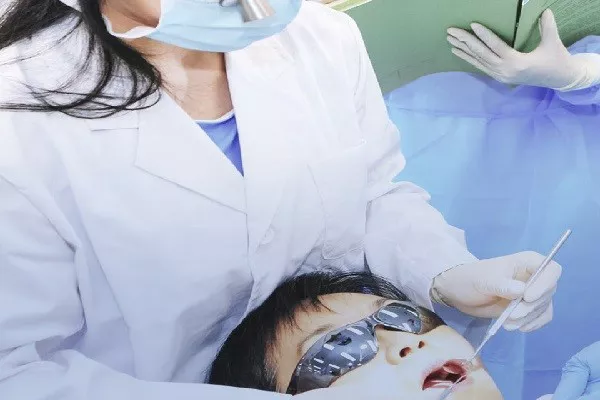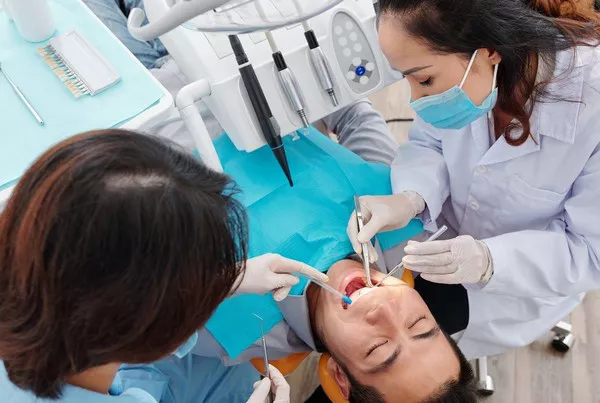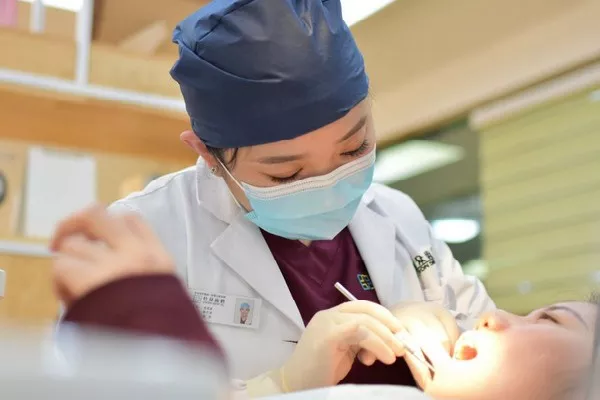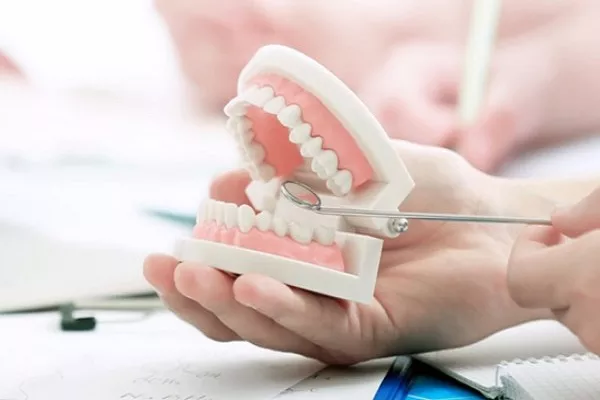Cavity fillings are a common dental procedure used to repair damaged or decayed teeth. After getting a filling, many patients wonder when they can resume their regular diet and eat normally again.
The good news is that you can typically eat soon after getting a filling, as long as you’re cautious and follow some basic guidelines.Your dentist will likely advise you to wait until the numbness from the anesthesia wears off before eating, to avoid accidentally biting your tongue or cheek.
In addition, you should avoid eating hard, crunchy, or sticky foods for the first 24 hours after your filling. These types of foods can put pressure on the filling or cause it to become dislodged, which can lead to further dental problems.
Instead, opt for soft foods that are easy to chew, such as yogurt, mashed potatoes, or soup. You can gradually introduce harder foods back into your diet over the next few days, but continue to avoid overly crunchy or sticky items.
It’s also important to practice good oral hygiene after getting a filling. Brush and floss your teeth as usual, but be gentle around the filling area to avoid dislodging it.
In conclusion, you can typically eat soon after getting a cavity filling, as long as you’re cautious and follow some basic guidelines. Avoid hard, crunchy, or sticky foods for the first 24 hours, and opt for soft foods that are easy to chew. Gradually introduce harder foods back into your diet over the next few days, and practice good oral hygiene to maintain the health of your filling and your teeth.
































